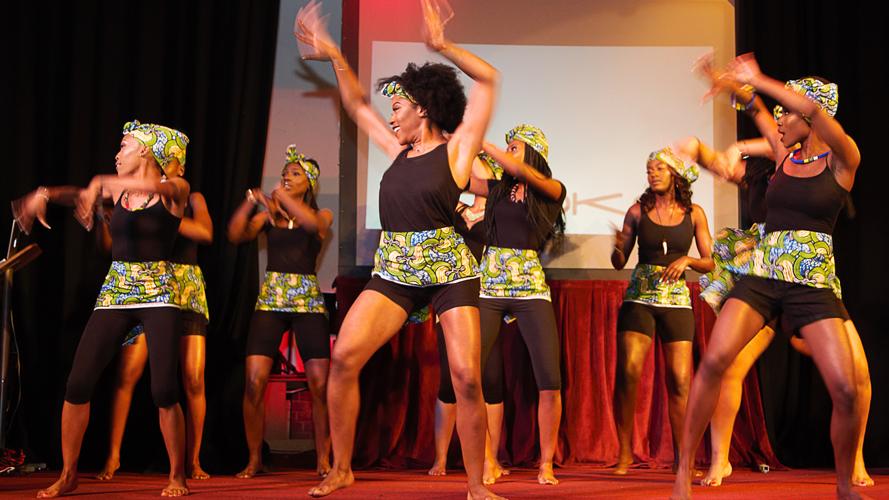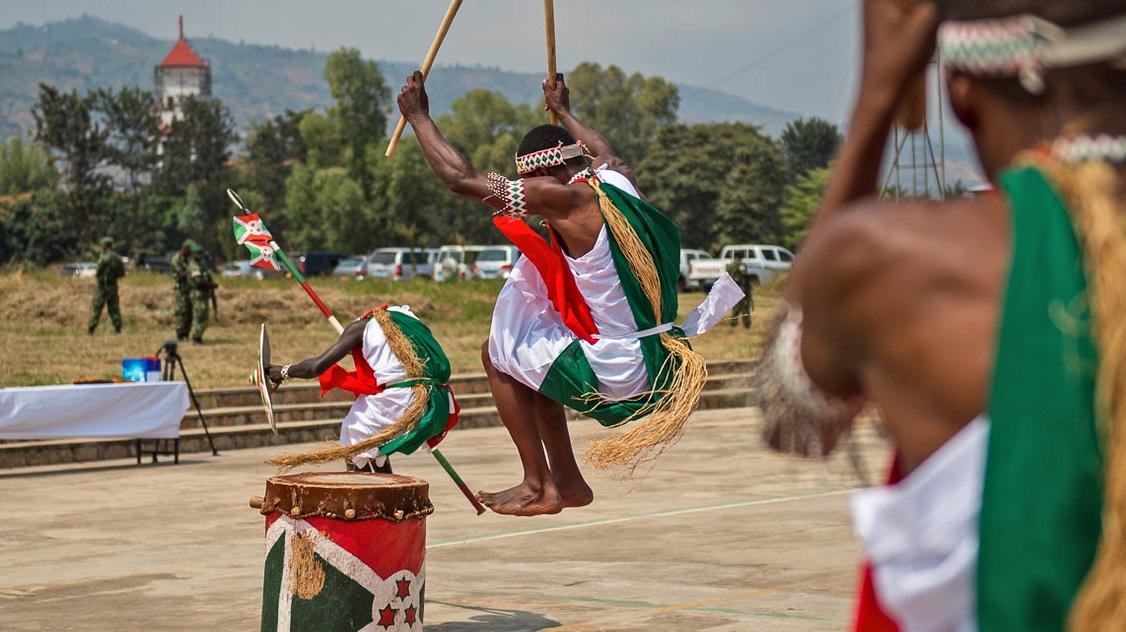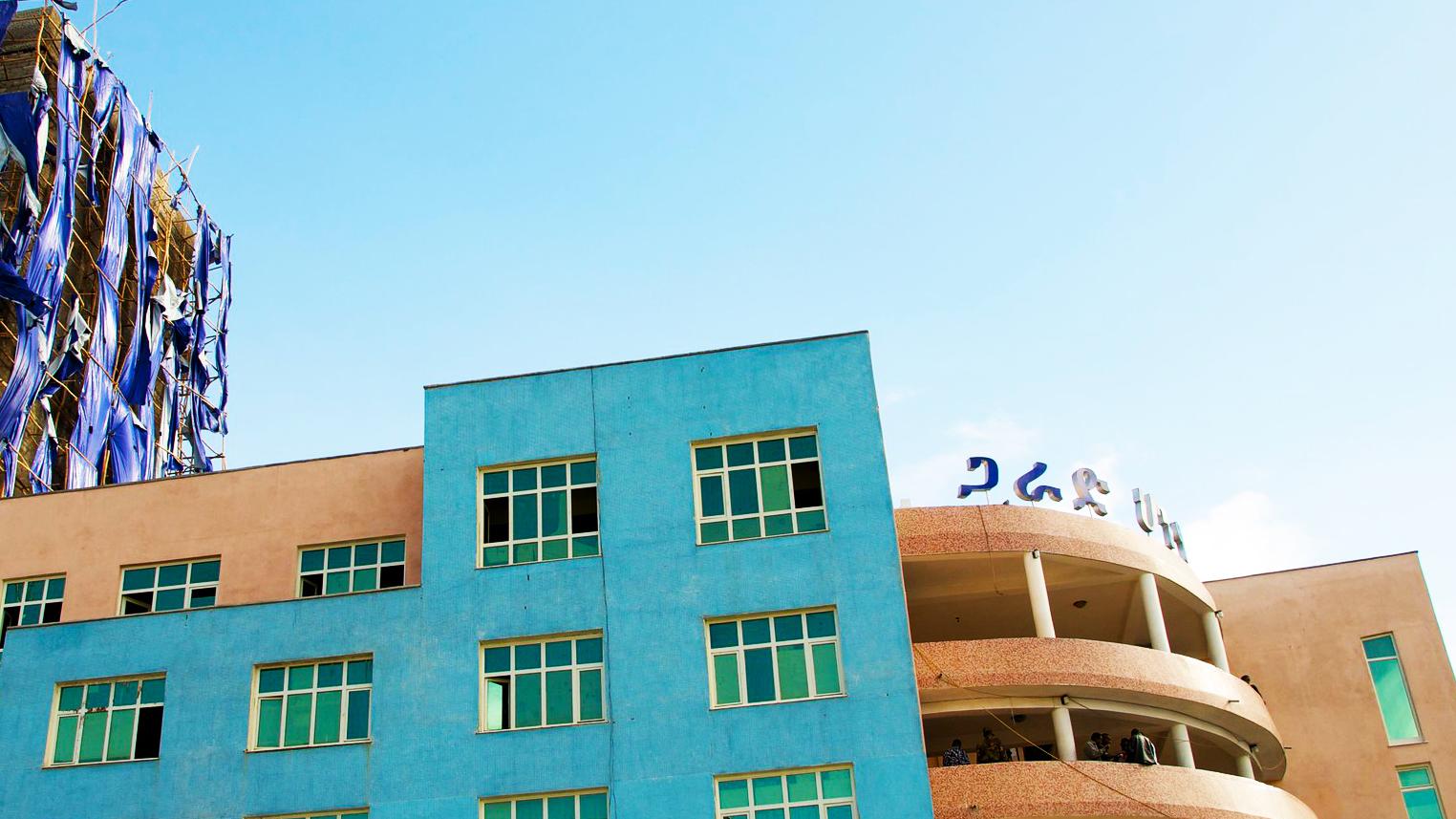The contrasting aesthetics of state architecture in Ghana and Côte d’Ivoire is more than simply a product of elite decision-making about where and how to build. Citizens living in the capitals of each country use the buildings to describe a very different aesthetic of the state and its relationship to society. In effect, the countries’ divergent developments can be described through their own architectural landscapes.
Is it possible to explain what states mean and how state-society relationships work by looking at and talking about state buildings?
During a focus group discussion in Abidjan, Côte d’Ivoire, a student suggested that it might be. He explained it like this:
‘When we talk about architecture, we talk about the way we think. The art of how to build is to transform according to rules, using aesthetic criteria; this is all about social rules.’
His comment was made during a study of state buildings in Accra and Abidjan, which I conducted with Dennis Larbi Mpere and Yah Ariane Bernadette N’djoré in 2019. As well as exploring the buildings to get a sense of what they look like and the atmosphere around them, we organised a series of focus group discussions with citizens who live or work in each of the capitals, focusing on what they know about their state buildings and what they make of them.
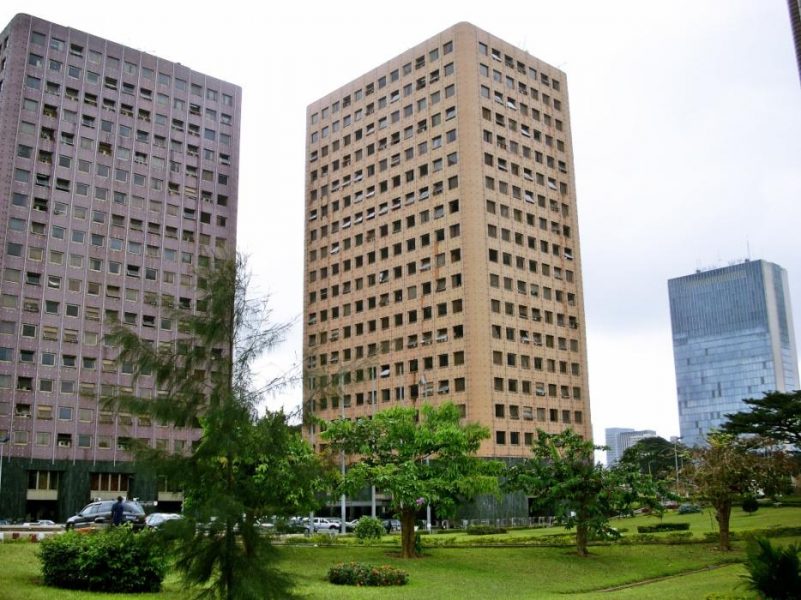
State architecture varies hugely between the two countries
Take Accra, the capital of Ghana. Here, state buildings are an eclectic mixture, including a 16th century slave castle (now home to military and administrative offices), a set of modest tropical-modernist mid-20th century government department buildings and parliament, and a daring new presidential HQ shaped like an Asante stool.
In neighbouring Côte d’Ivoire, the de facto capital city Abidjan boasts a much more consistent collection of high-impact, high-modernist buildings mostly constructed over the first 20 years after independence from 1960. Its high-rise towers and daringly abstract shapes have caused the capital to be known locally as ‘little New York’.
Thus, Ghana’s state seems to be embodied by a set of buildings that have been adopted and adapted from various times and sources, illustrating the country’s historical struggles, from the slave trade through colonialism and into a difficult post-colonial period. The architecture describes Ghana’s ups and downs, its making-do as well as its grand gestures.

In stark contrast, the Ivoirian state is projected through its architecture as a spectacle, a product purely of a post-colonial ‘economic miracle’. Its buildings depict an exceptional vision, apparently free from compromise or historical depth.
These very different aesthetics are not simply a product of elite decision-making about where and how to build. Citizens living in each of the capitals use them to describe a very different state aesthetic and state-society relationship.
State aesthetics and state meanings
In Accra, our focus group discussions ranged over the insides and outsides of their state buildings with ease, expressing knowledge about what goes on inside the parliament and describing mundane visits to various government departments. Some buildings were described as ‘clean’ or ‘well-equipped’, others as a bit dilapidated or impractical.
People discussed how colonial-era buildings had been redecorated with local materials to make them more Ghanaian, popular arguments over the funding or naming of new buildings and strong impressions of how well or badly the layouts and equipment of the buildings enabled state operations.
In contrast, citizens in Abidjan perceived their state buildings as mysterious, full of glamour from afar, but frightening up close. They described them as ‘chic’, ‘jewel-like’ and ‘works of art’. They wondered at how it could have been possible to erect such remarkable buildings; some argued that they could only have come from ‘foreign know-how’, the efforts of their ‘extraordinary’ founding President Félix Houphouët-Boigny or ‘supernatural powers’.
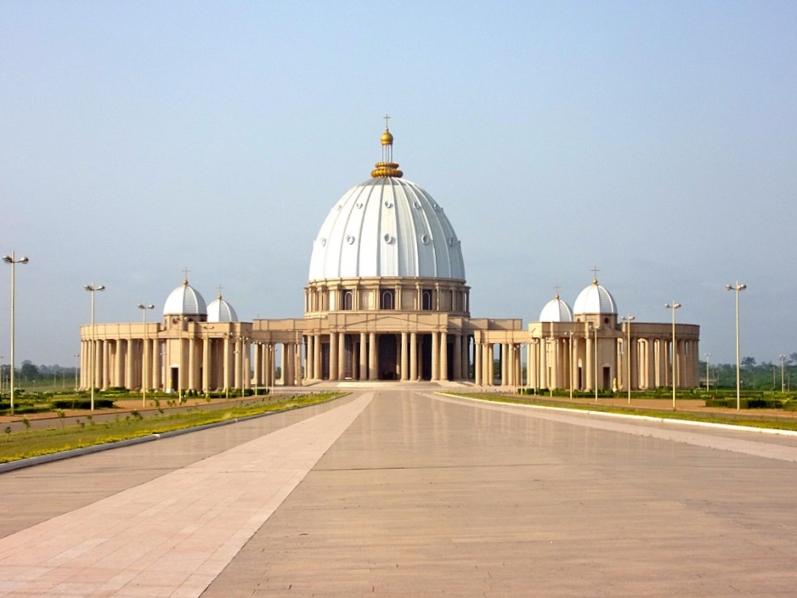
But behind the extraordinariness, there was little sense of how the buildings really functioned. Instead, Ivoirians described their fear of the ghosts of migrant workers buried in the foundations and a sense of the creeping decay of iconic buildings that had been neglected and were gradually crumbling – if you looked too close.
Aesthetics can be discussed in terms of ‘beauty’ and ‘the sublime’. Beauty is about order and regularity, while the sublime is about excitement and danger. Beauty is legible and provides stability; the sublime is ambiguous, other-worldly and precarious.
Work on West African aesthetics – in art, dance and story-telling – continually deals with the balance between beauty and the sublime. Sometimes the sublime pokes and disrupts beauty; sometimes it threatens to overwhelm it.

The terms can be applied to readings of state architecture too, where they reveal insights into not only the aesthetic qualities of buildings, but the aesthetic qualities of the state they embody. Based on our readings of its architecture, the Ghanaian state can be understood largely within the register of beauty, while the Ivoirian state is much more clearly sublime.
Ghana’s state is legible, even if a bit messily on-show, and its structures provide a way to define a register of order. This is not to say that everything works smoothly or calmly – in many ways it opens the state up as a site for contest and debate. But what is apparent is that it provides a legibility that engages citizens in constructing, debating and contesting their state.

Côte d’Ivoire’s state is in some ways more exciting, but also opaque and disturbing; its structures are unsettling. Deeply impressive from a distance, the state appears intangible up close, relatively fragile to touch. Its illegibility inhibits citizens’ ability to participate in its fortunes or evaluate its workings.
Ghana and Côte d’Ivoire are next-door neighbours. They appear to have lots in common, in their economic, ethnic and religious structures, in size, location and length of colonial experience. Yet they have developed dramatically different state forms, described through vastly different architectural landscapes.
This blog is based on an article recently published (open access) in African Affairs: Julia Gallagher, Dennis Larbi Mpere and Yah Ariane Bernadette N’djoré ‘State aesthetics and state meanings: political architecture in Ghana and Côte d’Ivoire’ African Affairs, 120(480) 2021, doi: https://doi.org/10.1093/afraf/adab018
This project receives funding from the European Research Council (ERC) under the European Union’s Horizon 2020 research and innovation programme (grant agreement No 772070). For more details on the project go to the ASA website.
Photo: Basilica of Our Lady of Peace Yamoussoukro, Côte d’Ivoire. Wikimedia Commons, licensed under CC BY 2.0.



